- Install kali linux step by step
- System Requirements
- Installation Prerequisites
- Preparing for the Installation
- Kali Linux Installation Procedure
- Boot
- Language
- Network
- User Accounts
- Clock
- Disk
- Encrypted LVM
- Proxy Information
- Metapackages
- Boot Information
- Reboot
- Post Installation
- How to install Kali Linux step by step [all ways]
- How to dual boot with Kali Linux
- Installing Kali Linux in inside window operating system
- How to install Kali Linux inside Vmware
- Next post
- Basic Kali Linux commands for Hacking
- Popular
Install kali linux step by step
Installing Kali Linux (single boot) on your computer is an easy process. This guide will cover the basic install (which can be done on bare metal or guest VM), with the option of encrypting the partition. At times, you may have sensitive data you would prefer to encrypt using Full Disk Encryption (FDE). During the setup process you can initiate an LVM encrypted install on either Hard Disk or USB drives.
First, you’ll need compatible computer hardware. Kali Linux is supported on amd64 (x86_64/64-bit) and i386 (x86/32-bit) platforms. Where possible, we would recommend using the amd64 images. The hardware requirements are minimal as listed in the section below, although better hardware will naturally provide better performance. You should be able to use Kali Linux on newer hardware with UEFI and older systems with BIOS.
Our i386 images, by default use a PAE kernel, so you can run them on systems with over 4 GB of RAM.
In our example, we will be installing Kali Linux in a fresh guest VM, without any existing operating systems pre-installed. We will explain other possible scenarios throughout the guide.
System Requirements
The installation requirements for Kali Linux will vary depending on what you would like to install and your setup. For system requirements:
- On the low end, you can set up Kali Linux as a basic Secure Shell (SSH) server with no desktop, using as little as 128 MB of RAM (512 MB recommended) and 2 GB of disk space.
- On the higher end, if you opt to install the default Xfce4 desktop and the kali-linux-default metapackage, you should really aim for at least 2 GB of RAM and 20 GB of disk space.
- When using resource-intensive applications, such as Burp Suite, they recommend at least 8 GB of RAM(and even more if it is a large web application!) or using simultaneous programs at the same time.
Installation Prerequisites
This guide will make also the following assumptions when installing Kali Linux:
- Using the amd64 installer image.
- CD/DVD drive / USB boot support.
- Single disk to install to.
- Connected to a network (with DHCP & DNS enabled) which has outbound Internet access.
We will be wiping any existing data on the hard disk, so please backup any important information on the device to an external media.
Preparing for the Installation
- Download Kali Linux(We recommend the image marked Installer).
- Burn The Kali Linux ISO to DVD or image Kali Linux Live to USB drive. (If you cannot, check out the Kali Linux Network Install).
- Backup any important information on the device to an external media.
- Ensure that your computer is set to boot from CD/DVD/USB in your BIOS/UEFI.
- In the UEFI settings, ensure that Secure Boot is disabled. The Kali Linux kernel is not signed and will not be recognized by Secure Boot.
Kali Linux Installation Procedure
Boot
- To start your installation, boot with your chosen installation medium. You should be greeted with the Kali Linux Boot screen. Choose either Graphical install or Install (Text-Mode). In this example, we chose the Graphical install.
If you’re using the live image instead, you will see another mode, Live, which is also the default boot option.
Language
- Select your preferred language. This will be used for both the setup process and once you are using Kali Linux.
Network
- The setup will now probe your network interfaces, looks for a DHCP service, and then prompt you to enter a hostname for your system. In the example below, we’ve entered kali as our hostname.
If there is no network access with DHCP service detected, you may need to manually configure the network information or do not configure the network at this time.
- If there isn’t a DHCP service running on the network, it will ask you to manually enter the network information after probing for network interfaces, or you can skip.
- If Kali Linux doesn’t detect your NIC, you either need to include the drivers for it when prompted, or generate a custom Kali Linux ISO with them pre-included.
- If the setup detects multiple NICs, it may prompt you which one to use for the install.
- If the chosen NIC is 802.11 based, you will be asked for your wireless network information before being prompted for a hostname.
- You may optionally provide a default domain name for this system to use (values may be pulled in from DHCP or if there is an existing operating systems pre-existing).
User Accounts
Clock
Disk
In our guide, we are using a clean disk, so we have four options to pick from. We will select Guided — the entire disk, as this is the single boot installation for Kali Linux, so we do not want any other operating systems installed, so we are happy to wipe the disk.
If there is an pre-existing data on the disk, you will have have an extra option (Guided — use the largest continuous free space) than the example below. This would instruct the setup not to alter any existing data, which is perfect for dual-booting into another operating system. As this is not the case in this example, it is not visible.
Experienced users can use the “Manual” partitioning method for more granular configuration options, which is covered more in our BTRFS guide.
If you want to encrypt Kali Linux, you can enable Full Disk Encryption (FDE), by selecting Guided — used entire disk and setup encrypted LVM. When selected, later on in the setup (not in this guide) prompt you to enter a password (twice). You will have to enter this password every time you start up Kali Linux.
- Depending on your needs, you can choose to keep all your files in a single partition — the default — or to have separate partitions for one or more of the top-level directories.
If you’re not sure which you want, you want “All files in one partition”.
- Next, you’ll have one last chance to review your disk configuration before the installer makes irreversible changes. After you click Continue, the installer will go to work and you’ll have an almost finished installation.
Encrypted LVM
If enabled in the previous step, Kali Linux will now start to perform a secure wipe of the hard disk, before asking you for a LVM password.
Please be sure a strong password is used, or else you will be prompted with a weak passphrase warning.
This wipe may take “a while” (hours) depending on the size and speed of the drive.
If you wish to risk it, you can skip it.Proxy Information
- Kali Linux uses a central repository to distribute applications. You’ll need to enter any appropriate proxy information as needed.
Metapackages
If network access was not setup, you will want to continue with setup when prompt.
If you are using the Live image, you will not have the following stage.
- Next you can select which metapackages you would like to install. The default selections will install a standard Kali Linux system and you don’t really have to change anything here.
Please refer to this guide if you prefer to change the default selections.
Boot Information
- Select the hard drive to install the GRUB bootloader in (it does not by default select any drive).
Reboot
Post Installation
Now that you’ve completed installing Kali Linux, it’s time to customize your system.
The General Use section has more information and you can also find tips on how to get the most out of Kali Linux in our User Forums.
Updated on: 2023-Mar-13
Author: gamb1tHow to install Kali Linux step by step [all ways]
Welcome to the second chapter In this we will discuss installing Kali Linux
If you don’t know what is Kali Linux? It is operating system used by hackers because it has all software that needed in Hacking. It is free and open source [open source mean you can modify it and sell it without permission]
Installing Kali Linux is some complex for beginners here is the full post to know how to fix it.
You can dual boot with windows or install it inside the window known as virtualization.
Note: This is Rumour Kali is best os for penetrating testing. Actually, Linux is best for penetrating testing. No matter which distribution Kali, Parrot or any other. I have seen Many experts using fedora for penetrating testing. I am using Parrot Os because I am unable to install Kali. You can use any other distribution also for hacking but If you never tried any distribution then use Kali.
No more words let come to point
How to dual boot with Kali Linux
Here is the full article to know how to dual boot with Kali Linux. Make sure that your computer has at least 1 GB of ram and dual core processor. You also need a fast internet connection to download Kali Linux [size is 2.9 GB]. No problem which window 7, 8 etc. you are using processor is same.
Dual boot is good for better speed and user experience.
Installing Kali Linux in inside window operating system
As I told you above it is known as virtualization. One of biggest disadvantage is the problem with wifi connection. You have to buy a wireless connection for using wifi inside Kali Linux.
For this, you need a software virtual box or VMware.
No doubt VMware is better than the virtual box but it is paid. VMware gives you better speed and drag and drop from the client machine to host machine and speed is also good. On the Otherside, virtual box is free and not good speed but it is free, so it is good.
Vmware also has the free version. You can search on google free Vmware Pro 🙂
Hope you have decided which you want to use or download your software from the official site.
How to install Kali Linux inside Vmware
This is best video I have found from youtube check it out. Download VMware from here
You also need a wireless adapter for using wifi if you want to Hack Wifi. It is not expensive normally price between $ 7-15 [₹350-1000]. I will not recommend anyone use according to your budget.
Kali Linux Live feature: While installation there is an option of Live feature basically it allow you run Kali Linux until you did not switch off your machine. Only For Wifi Hacking, this is the best option.
Installing Kali Linux In android: If your Android phone is powerful, then you can install Kali Linux on your android phone. off course, you need a fast connection and root your phone. It will consume 4 GB space.
but I will not recommend you this because Although Android is powerful but not as Pc. Wait and Think Android for Pc tasks not make any sense according to me.
Next post
Basic Kali Linux commands for Hacking
Hope you have installed Kali Linux in virtual box or using any other way. In this lesson, I am talking about basic commands in Kali Linux, not all only that you needed in starting a + free source of learning all Linux commands. Before commands, I want to introduce you Terminal. The terminal is software as commands prompt available is window operating system. Linux works on command system, hacking also. You can open terminal from the sidebar as shown in the screenshot. To understand File directory of Linux is important. Directory mean folder root is the Main directory of Linux it is shown denoted
Popular
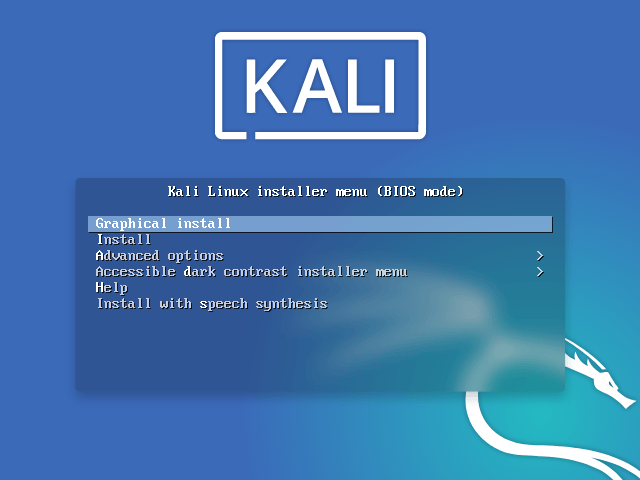
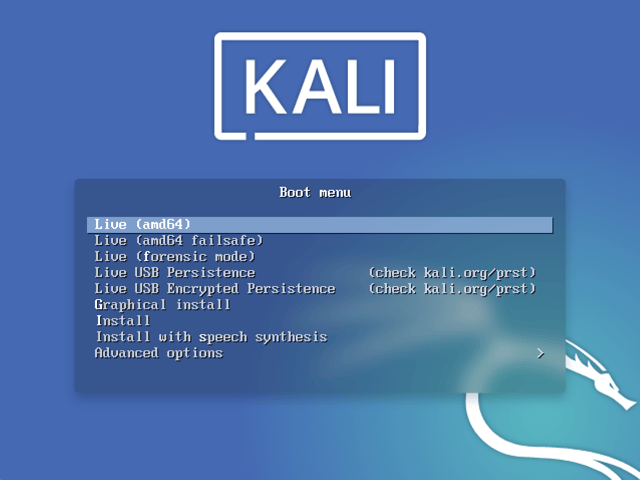
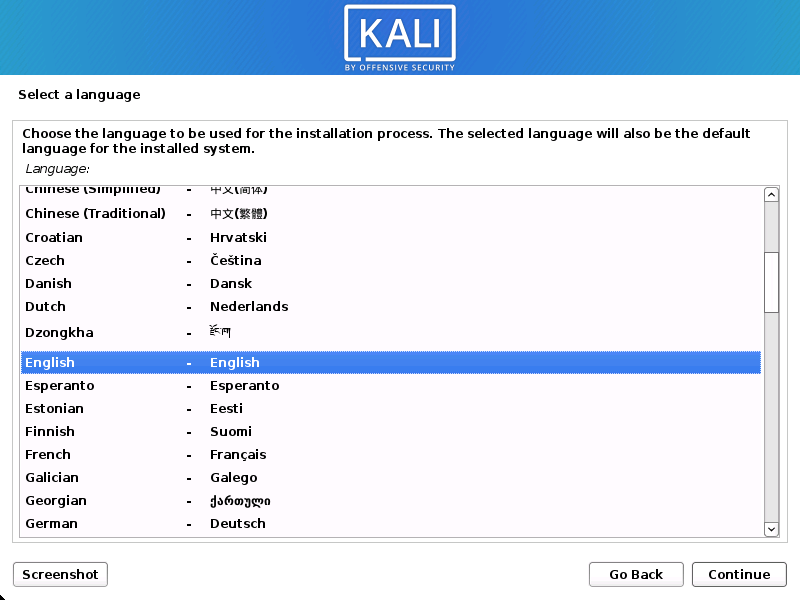
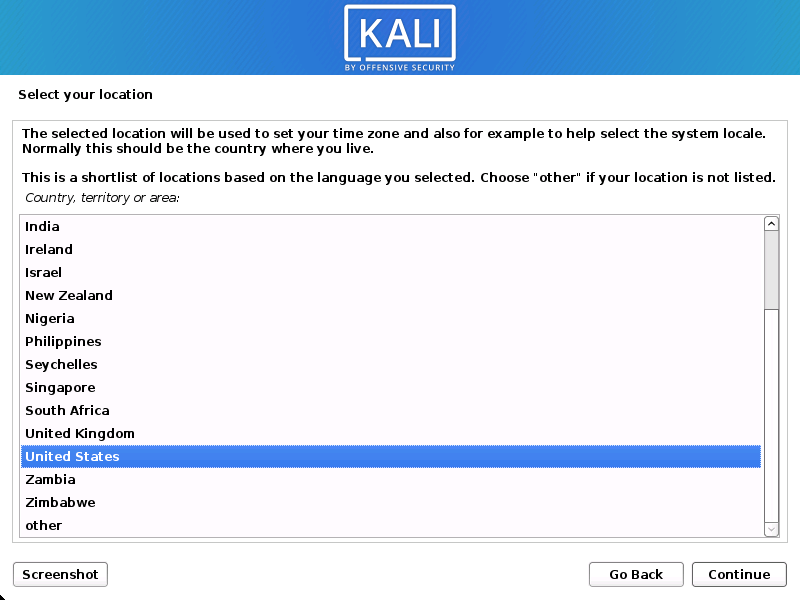
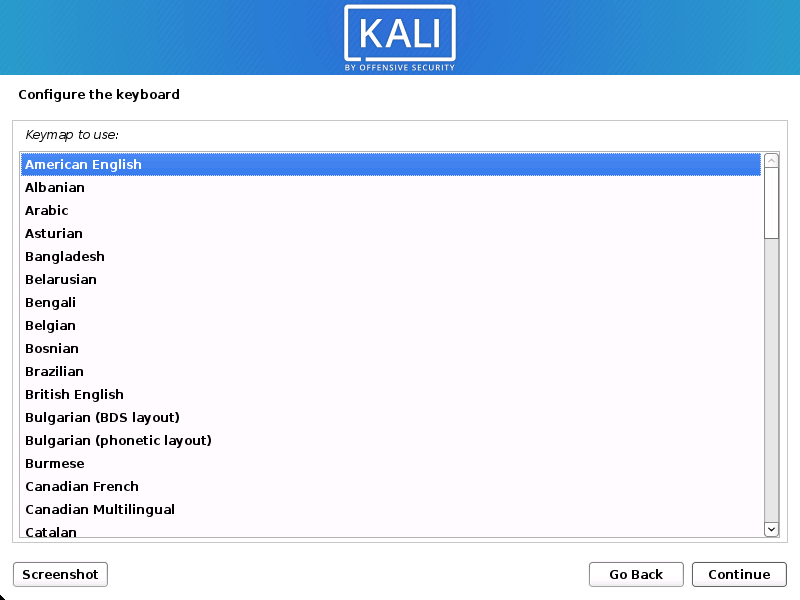
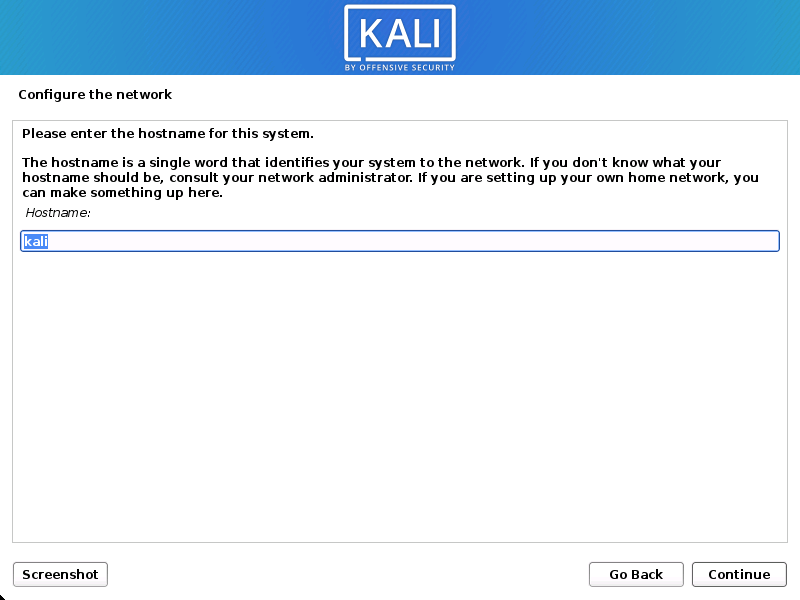
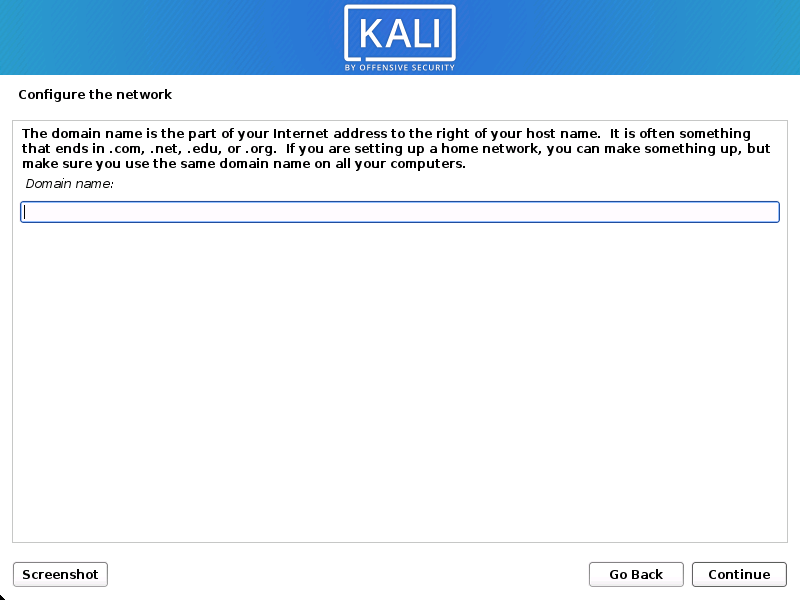
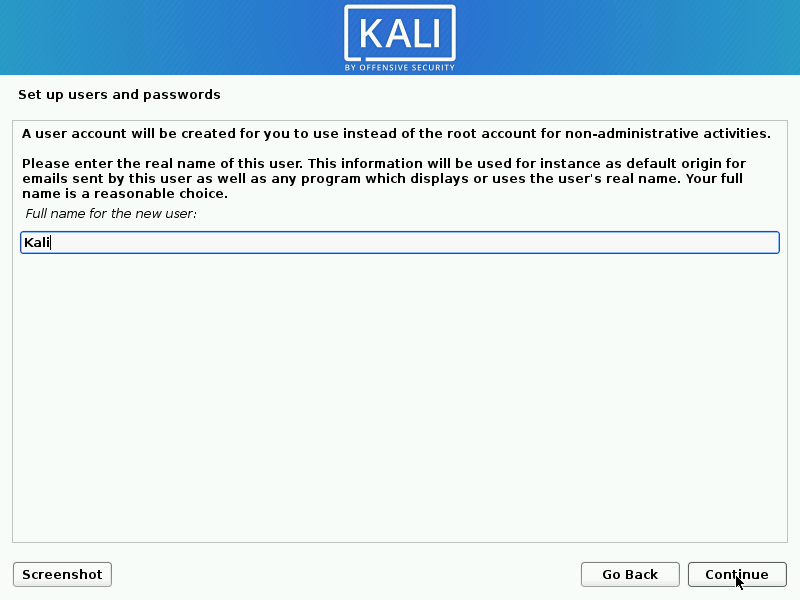
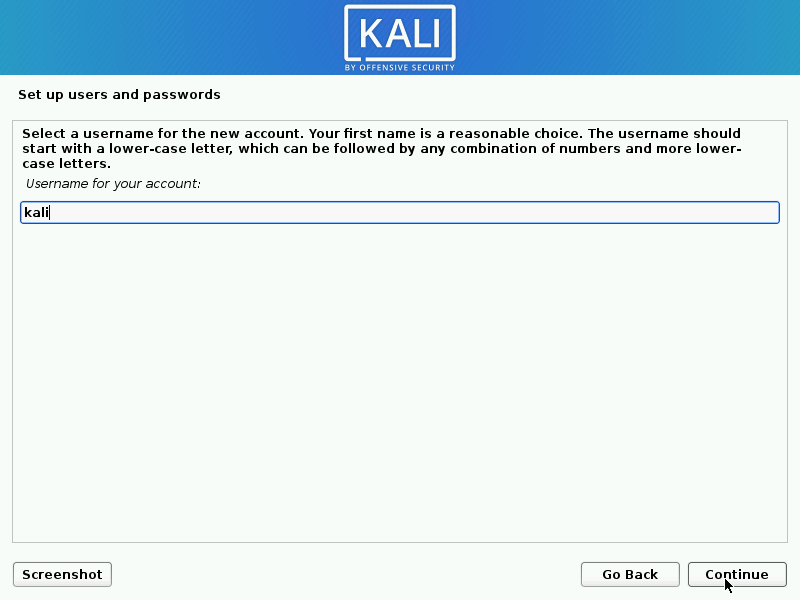
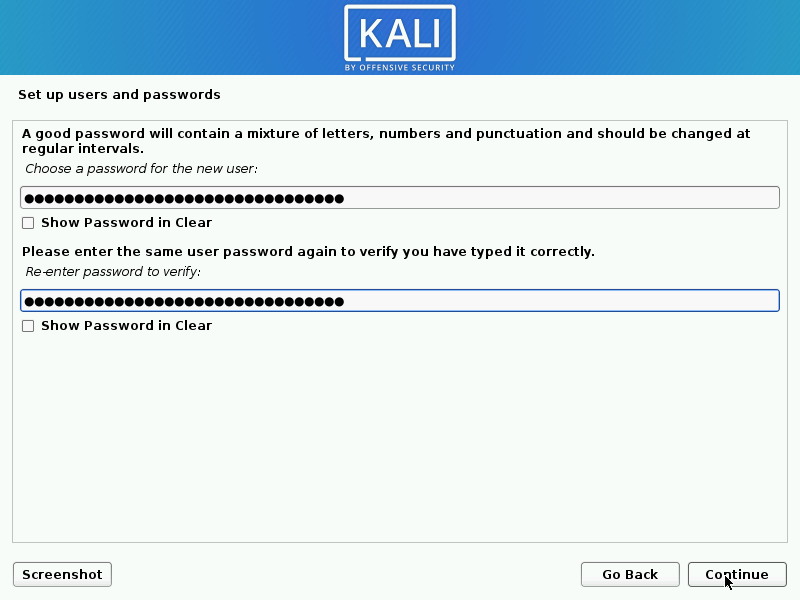
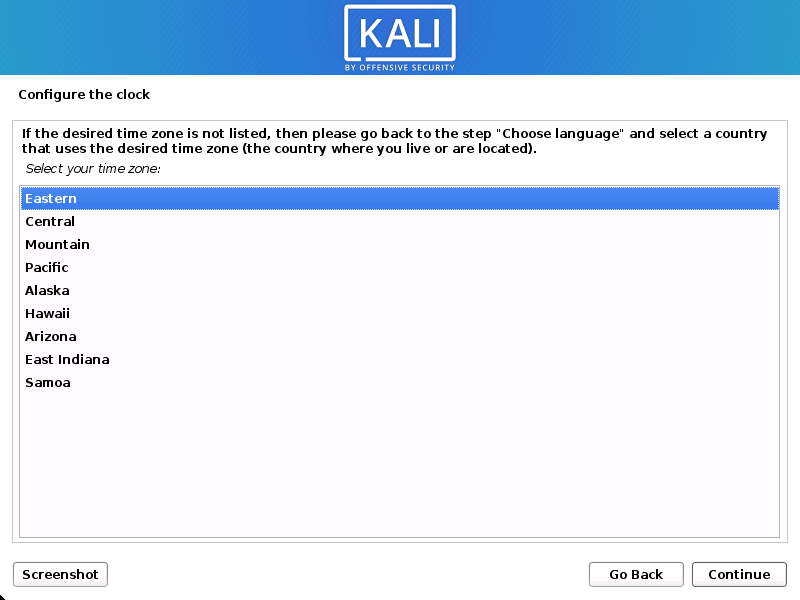
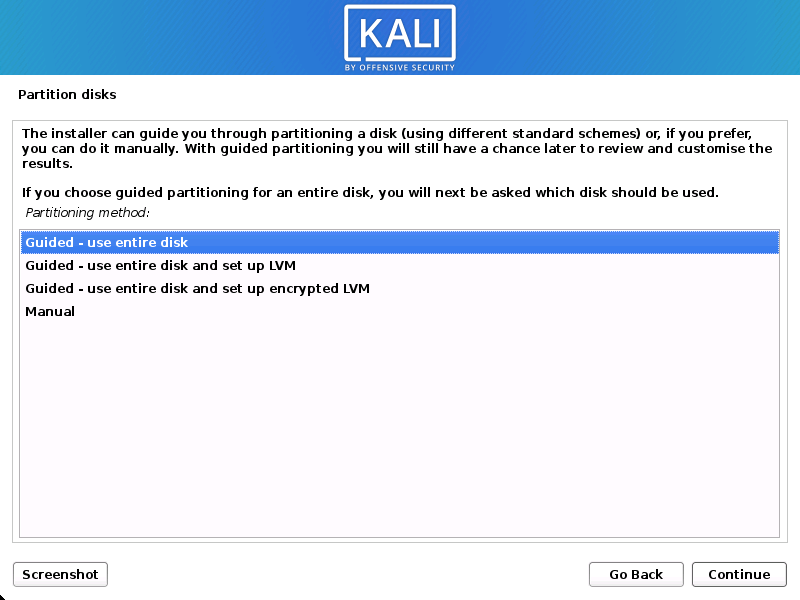
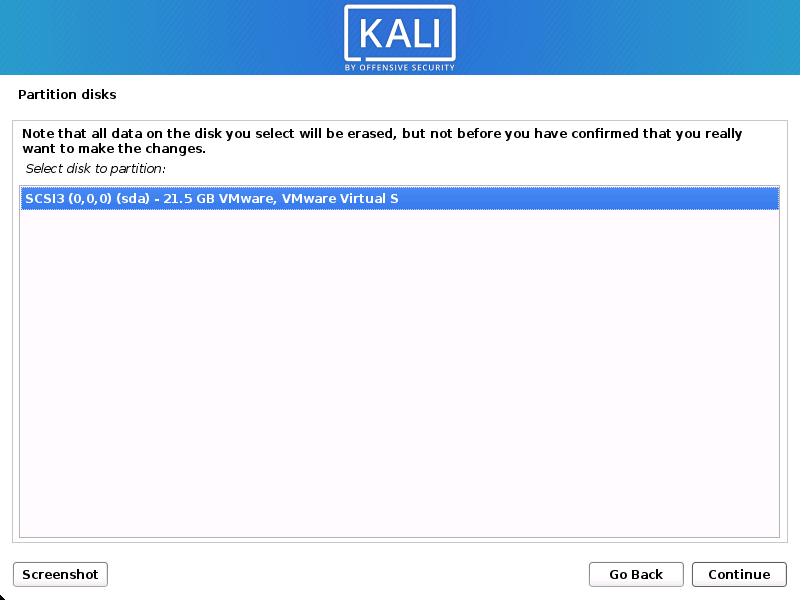
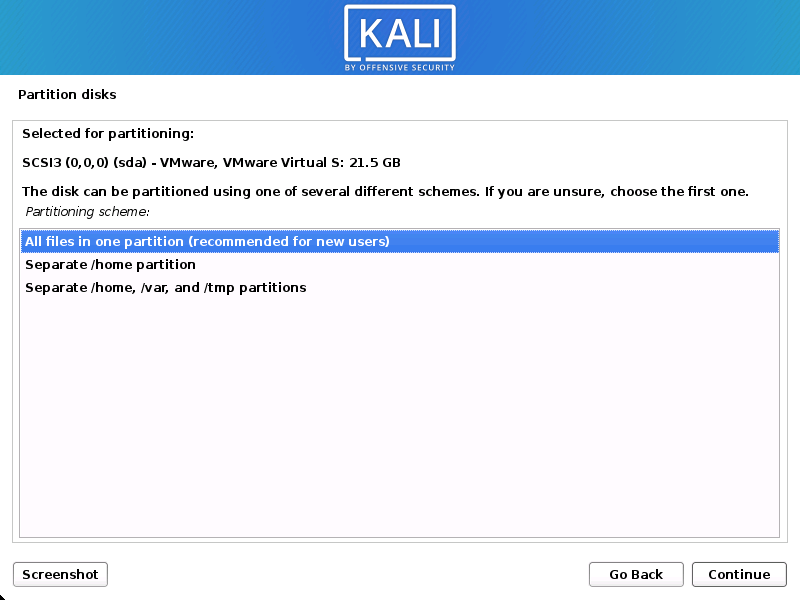
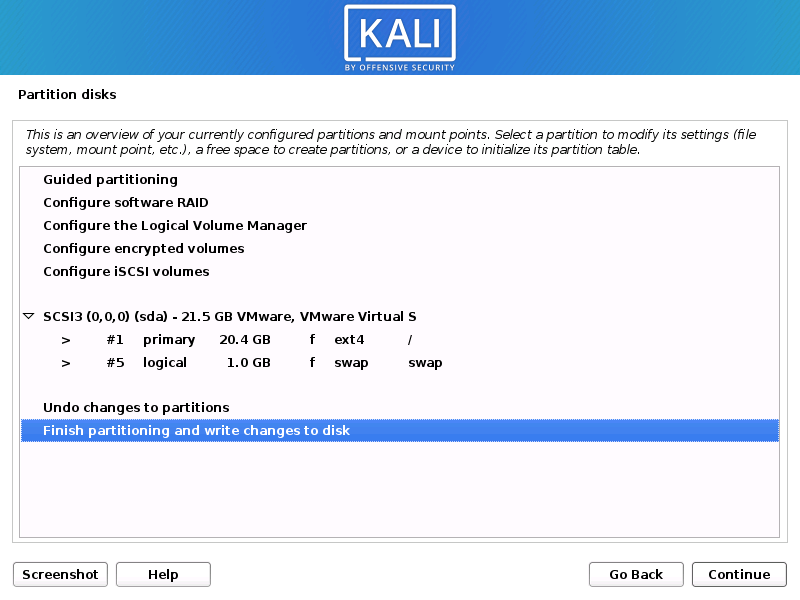
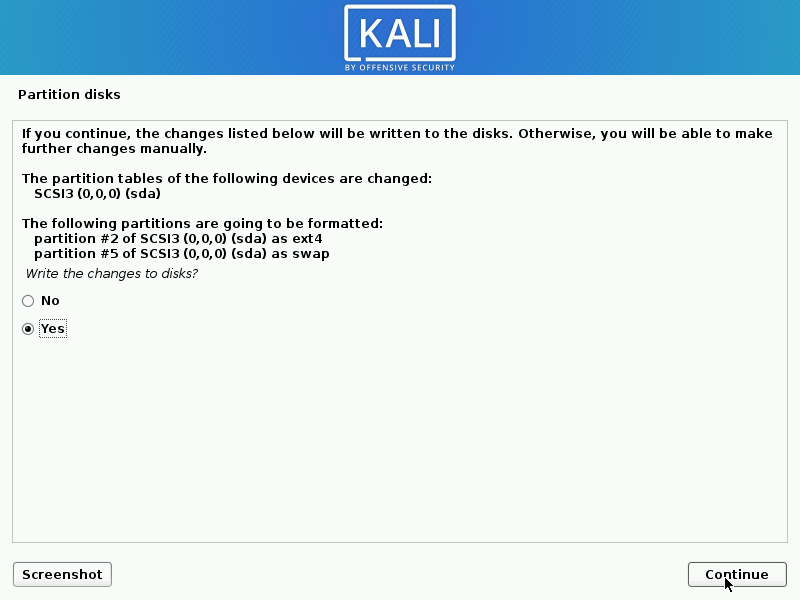
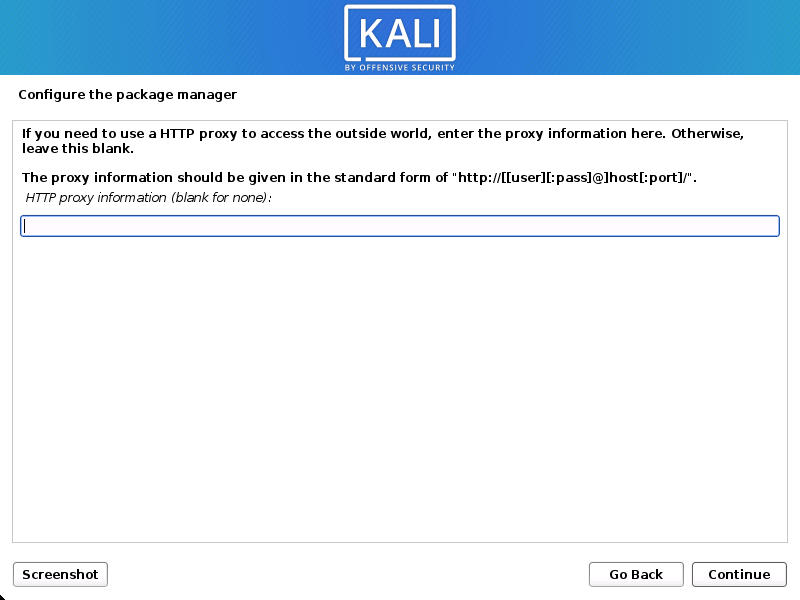
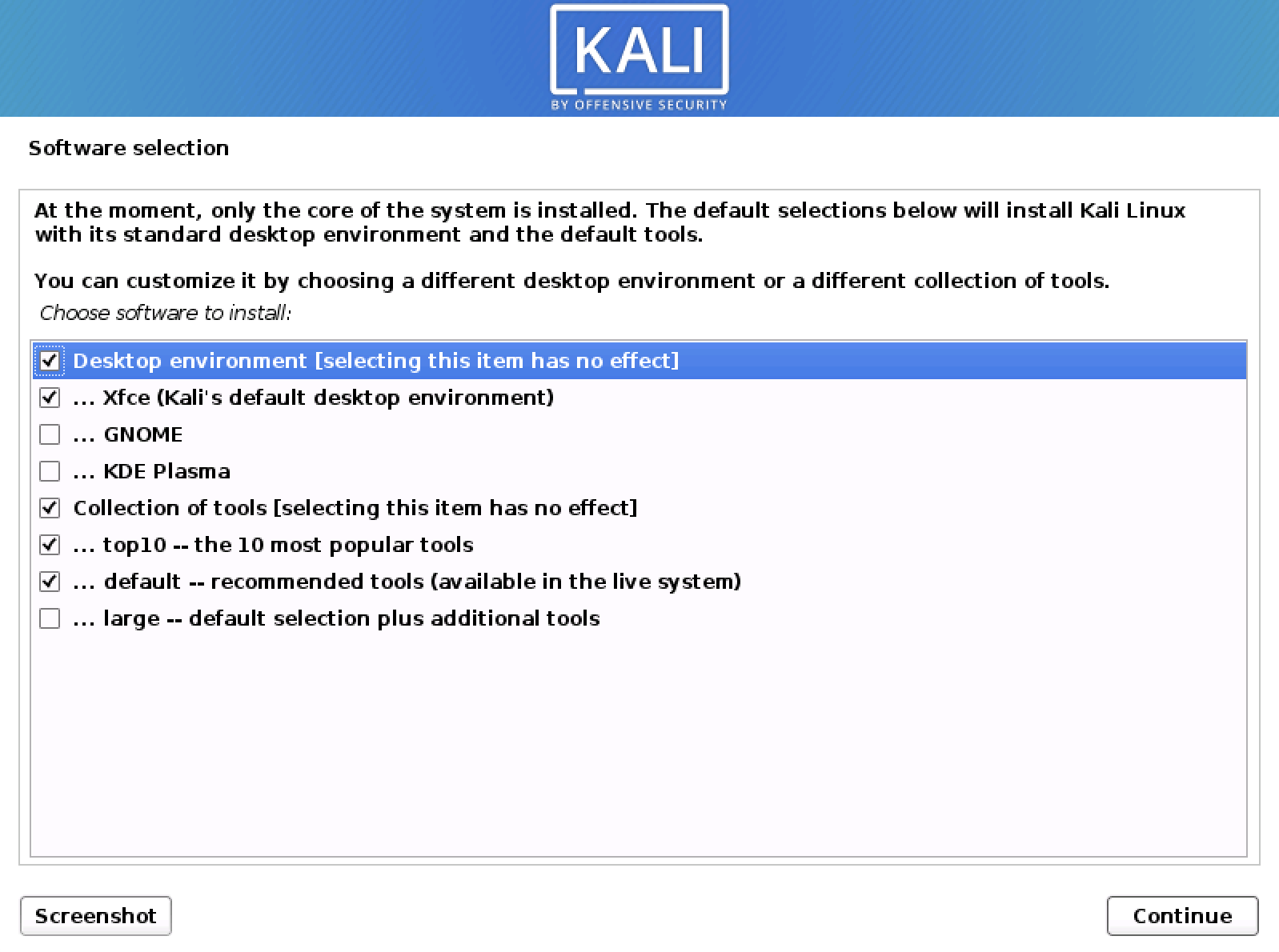
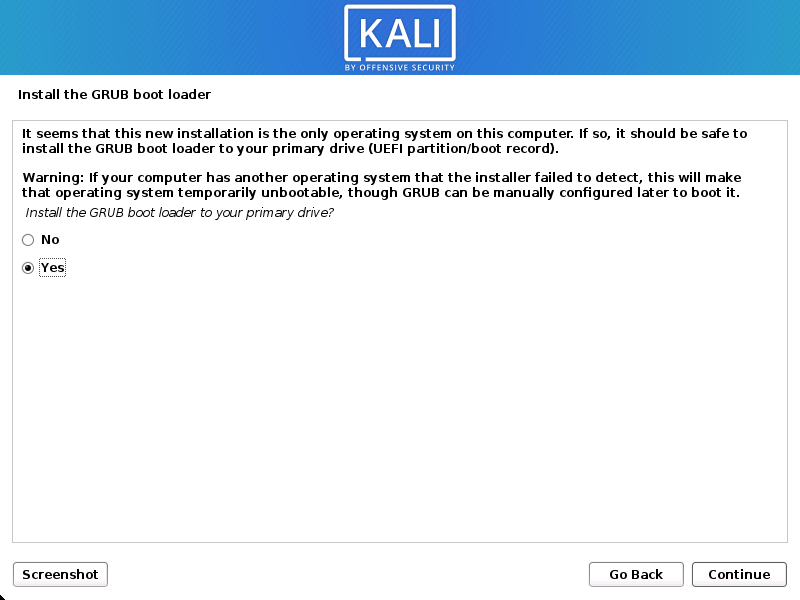
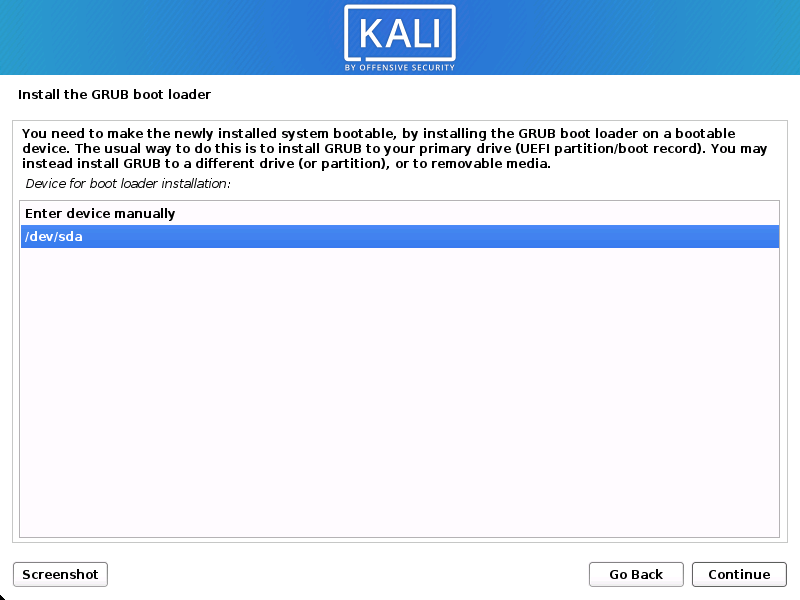
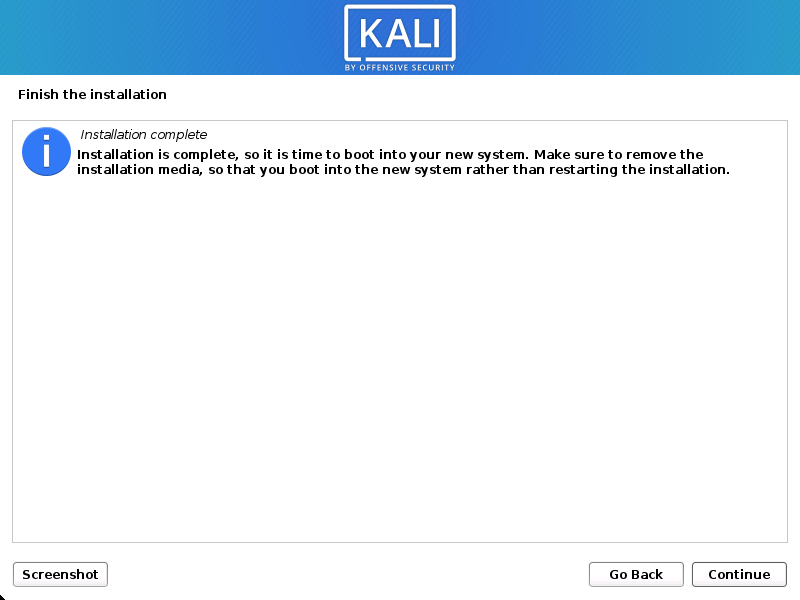



![How to install Kali Linux step by step [all ways] 1](http://www.opentechinfo.com/wp-content/uploads/2017/03/penguin-1300295_1280-370x297.jpg)